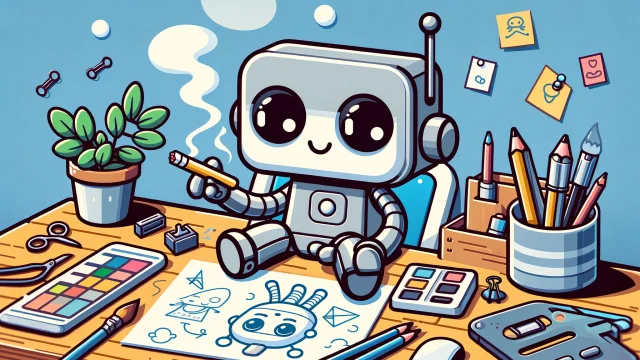The God of Destruction in Dragon Ball: Power, Purpose, and Legacy
The Role of the God of Destruction
In the Dragon Ball multiverse, each of the 12 universes (13, prior to Zeno’s erasure of Universe 13) is governed by its own God of Destruction, working alongside a Supreme Kai (the God of Creation) and an Angel attendant. While Supreme Kais foster life and creation, the Gods of Destruction ensure cosmic balance by eliminating planets, civilizations, or beings that threaten the stability of their universe.
Notable Gods of Destruction
Beerus (Universe 7)
Beerus, the God of Destruction for Universe 7, is the first introduced and most prominent deity in the series. Known for his unpredictable temperament and love for food, Beerus exemplifies the dichotomy of destruction and refinement. His awakening and subsequent visit to Earth in search of the legendary Super Saiyan God set the stage for the events of Dragon Ball Super.
Key traits of Beerus:
- Power: Beerus is among the strongest characters in Dragon Ball, capable of erasing entire planets with a flick of his finger.
- Personality: Though capricious, Beerus has a sense of fairness, often providing opponents with a chance to impress him or earn their survival.
- Relationship with Goku: Beerus’ battle with Goku in his Super Saiyan God form leads to mutual respect, marking a turning point in the series.
Other Gods of Destruction
Each universe has its own unique God of Destruction, showcasing diverse personalities and approaches to their duties:
- Champa (Universe 6): Beerus’ twin brother, known for his rivalry with Beerus and his obsession with food competitions.
- Belmod (Universe 11): A clown-like deity with a calm demeanor, known for his universe’s team of Pride Troopers.
- Toppo (Candidate for Universe 11): A notable warrior who embodies the role of justice before becoming a candidate for God of Destruction.
Powers and Abilities
The Gods of Destruction possess godly ki, granting them unmatched strength and abilities. Some of their notable powers include:
Hakai (Destruction)
The Hakai technique allows a God of Destruction to erase anything from existence, including beings and inanimate objects. Unlike typical energy attacks, Hakai leaves no trace of its target.
Energy Manipulation
Gods of Destruction can manipulate their ki to create devastating energy blasts, barriers, and other offensive and defensive techniques.
Immense Durability and Stamina
Their divine status grants them incredible resilience and stamina, allowing them to endure extended battles with minimal fatigue.
The God of Destruction and the Dragon Ball Narrative
The introduction of the Gods of Destruction added depth to Dragon Ball’s universe by raising the stakes and introducing themes of cosmic balance. Their presence forces characters like Goku and Vegeta to push their limits, resulting in new transformations like Ultra Instinct and Super Saiyan Blue Evolution.
Key Moments Involving the Gods of Destruction
- Beerus vs. Goku: The battle between Beerus and Goku introduces the concept of divine energy and sets the tone for Dragon Ball Super.
- Tournament of Power: The Gods of Destruction observe as mortals battle to determine which universes will survive, showcasing their complex relationships with their respective universes.
- The Zeno Existence Debate: Gods of Destruction are placed in direct contrast to Zeno, the Omni-King, who wields ultimate authority over all universes.
Legacy of the Gods of Destruction
The Gods of Destruction remain integral to the lore and future of Dragon Ball. They serve as both mentors and adversaries, offering challenges that propel the series’ protagonists to new heights. Beerus, in particular, has become a fan-favorite character due to his unique combination of humor, power, and wisdom.
The introduction of these deities also opened the door for fans to explore themes of balance and morality, making the Gods of Destruction a cornerstone of the Dragon Ball franchise’s narrative evolution.

